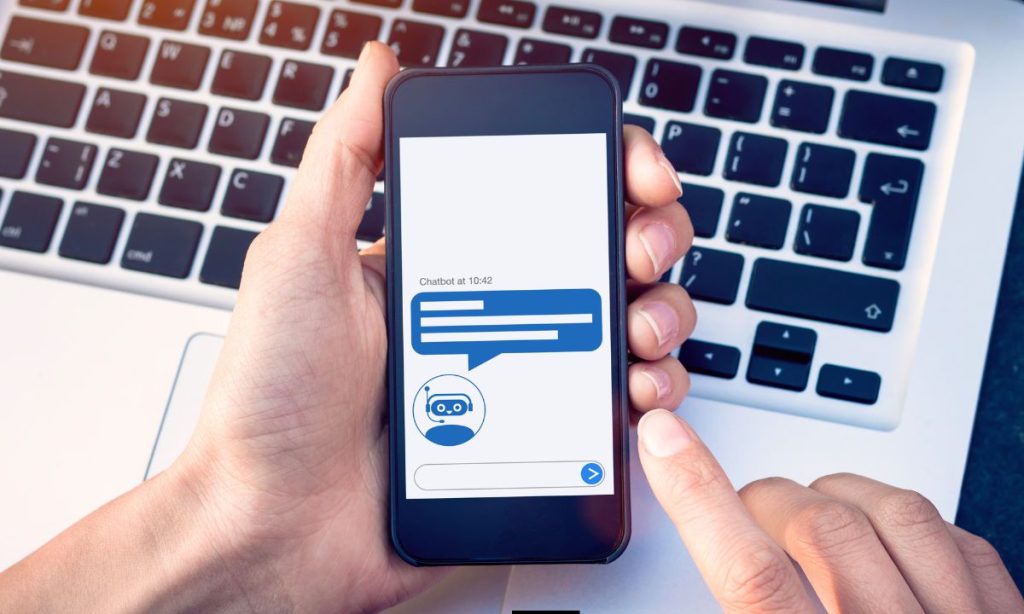
In today’s competitive e-commerce landscape, providing exceptional customer service is crucial for retaining customers and ensuring business growth. One innovative solution that has gained widespread attention is the implementation of AI-powered chatbots. These chatbots enhance customer experience by providing instant responses, resolving queries efficiently, and streamlining customer interactions. In this article, we’ll explore how e-commerce businesses can implement AI-powered chatbots for superior customer support.
Why Use AI-Powered Chatbots for Customer Support?
AI-powered chatbots are transforming the way businesses interact with their customers. Unlike traditional customer service methods, chatbots are available 24/7, ensuring that customers can receive assistance at any time of the day. They can handle multiple queries simultaneously, providing quicker responses and reducing the waiting time for customers. This leads to an overall improvement in customer satisfaction and loyalty.
Additionally, chatbots use machine learning algorithms to understand customer intent and provide relevant, personalized responses. Over time, they learn from interactions, improving their responses and recommendations, which can result in more accurate assistance.
Step 1: Identify Your Customer Support Needs
Before implementing a chatbot, it’s essential to identify the primary customer support needs of your e-commerce business. Are your customers mostly asking for order status updates, product recommendations, or FAQs? Understanding these needs will help you select the right AI-powered chatbot solution for your business.
For example, if most queries are related to order tracking, look for a chatbot that can seamlessly integrate with your e-commerce platform and provide real-time updates. If customers frequently inquire about product features or availability, ensure the chatbot is capable of delivering personalized product recommendations.
Step 2: Choose the Right AI Chatbot Platform
Once you have identified your customer service needs, it’s time to choose an AI-powered chatbot platform. Popular platforms like Tidio, LiveChat, and ManyChat offer easy integration with most e-commerce platforms like Shopify, WooCommerce, and Magento. These platforms typically include natural language processing (NLP) capabilities, enabling chatbots to understand and respond to user queries in a conversational manner.
Step 3: Customize the Chatbot to Match Your Brand
AI chatbots should reflect your brand’s personality and tone. Whether your brand is professional, friendly, or casual, make sure your chatbot’s responses align with your business’s voice. Customize the chatbot’s greeting, language style, and responses to ensure a consistent experience for customers.
Step 4: Test and Train Your Chatbot
Before going live, thoroughly test the chatbot to ensure it can accurately respond to customer queries. During the testing phase, identify potential gaps in the bot’s knowledge and train it accordingly. Most AI chatbots improve over time as they interact with customers, so continuous training and updates are vital for optimal performance.
Step 5: Monitor and Optimize Performance
Once your AI-powered chatbot is live, track its performance regularly. Look for metrics like response time, resolution rate, and customer satisfaction scores. Use this data to make adjustments and optimize the chatbot’s capabilities.
AI-powered chatbots are revolutionizing customer support in the e-commerce sector, providing faster and more efficient service. By understanding customer needs, choosing the right chatbot platform, and customizing responses, e-commerce businesses can enhance customer satisfaction and build stronger relationships. As technology continues to advance, implementing AI-powered chatbots will become an essential strategy for businesses aiming to stay ahead in the digital age.
